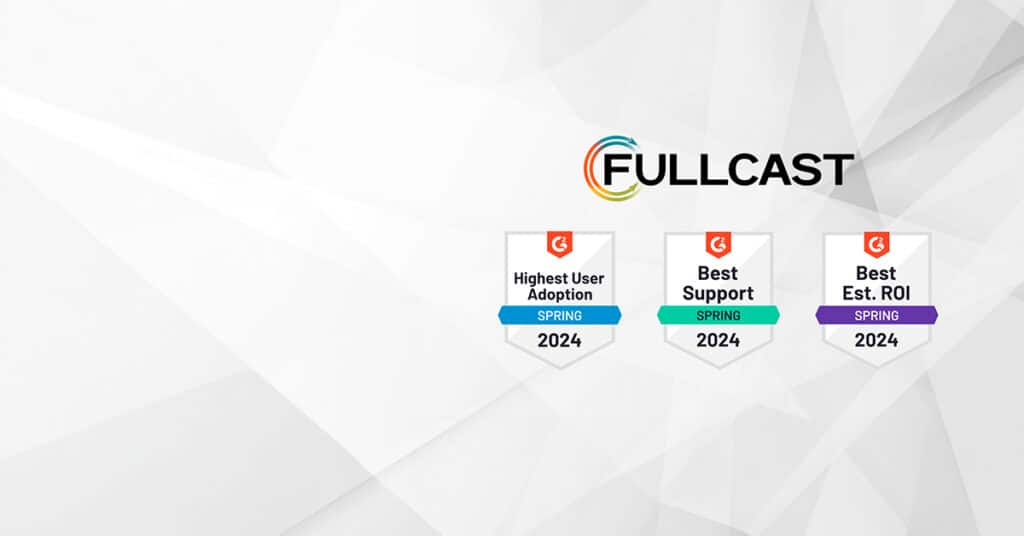As organizations scale beyond 100 go-to-market (GTM) resources, including account executives, business development reps, customer success managers, and others, many face difficult territory planning challenges that can hinder their growth and operational efficiency. For example, RevOps may:
- Recognize that there are more effective ways to carve territories beyond geography but struggle to make it happen using the tools at their disposal.
- Require different territory plans for different roles, teams, or products.
- Face constant changes to their GTM plan (e.g., due to staff attrition, new product introductions, economic changes, etc.), leaving RevOps bogged down in manual tasks and operations out of sync with the plan.
- Manage a ballooning number of point tools so that even seemingly small changes require significant time, effort, and/or IT resources to update, negatively impacting agility.
It is impossible to address these challenges when using traditional spreadsheets and sales territory mapping tools. Some organizations may try to use corporate planning platforms, like Anaplan, but quickly realize that these tools require significant customization to achieve their planning goals. That’s why many organizations are turning to Territory Management software. Territory Management software enables RevOps to:
- Carve territories using the criteria that matter most to their business, so that the right resources are focused on the right opportunities. When territories are fair and equitable, sellers are more motivated, productive, and attrition is reduced.
- Make smarter business decisions with what-if scenario modeling.
- Work with agility. Territory Management software reduces planning time from months to days or even faster when an AI-driven rules engine is used.
- Improve operational efficiency. RevOps can set rule-based policies that automate common GTM activities (e.g., automatic territory rebalancing) and eliminate time-consuming manual tasks
- Keep strategy and execution aligned. Changes in one transactional system are automatically reflected in others (like routing and quotas), without the need for custom code or IT support.
- Consolidate the tech stack. One integrated system reduces the reliance on point tools. Less time and money spent on system integration means more time available for important strategy work.
Territory Management software, or more broadly GTM Planning software, is a relatively new category of RevOps software. To realize the benefits described above, it is important to look for a platform that contains the following features. (For more detail, check out this comprehensive overview and checklist).
Rule-Based Territory Assignments
Your territories form the foundation of your GTM plan and rule-based territory assignments are the bread and butter of a Territory Management platform. Territory Management software must be able to access any of the demographic or geographic data in your CRM’s account record (and associated fields) to create and assign accounts to territories. Access to this data enables users to design complex territories with rules such as ‘small businesses with less than $5M revenue, in the financial services industry, in lower Manhattan, in New York City. Other important territory capabilities include:
- The ability to set territory assignments based on roles (e.g., customer success territories may be very different from sales territories)
- Immediate, metric-based feedback to understand the impact of potential territories
- Support for named accounts to allow for exception to rules (or hybrid models)
- AI-enabled or rules-based territory balancing for faster, ‘hands-free’ balancing
- Support for account hierarchies
- Geographic territory mapping with a heat map to help visualize territory potential
- Real-time automated account assignments/reassignments
- Holdout management
Coverage Assignments
An important element of setting a territory is the coverage model. Coverage can become quite complex when you have a large team and your territories are always changing.
To be effective you need to clearly understand the capacity that is deployed, what the effective capacity is (taking ramping productivity into consideration), and the performance of that capacity in the territory across various metrics and targets. Territory Management software can help by enabling you to answer questions like who gets credit when a territory changes or enable you to plan for future growth with temporary coverage and to-be-hired slots.
GTM Plan Automation
Policies are the rules of engagement for your territory plan that enable your team to execute with agility, accuracy, and predictability. Many organizations write their policies down and never look at them again. Territory Management software codifies and automates your policies so that your plan is always executing accurately. Common automated policies are related to routing, holdouts, account hierarchies, data hygiene and more.
Auto-Sync with other Transactional Systems
Imagine the chaos if your territory system assigns accounts to certain reps, yet your lead routing tool is operating with a different set of rules. Unfortunately, this is a very common scenario. That’s why once your territory rules are set, the territory model needs to be synced with other critical transactional systems like your BI platform for company-wide reporting, lead routing engine for correctly assigning new leads, and quota/target system for incentivizing reps. Territory Management software, unlike a simple territory planning tool, will keep all these systems in sync. This enables your team to spend less time configuring systems and more time on strategy.
Effective Dating
Because a territory is a living and ever-evolving entity, it’s important to maintain an effective dated definition of the territory. Being able to reference a point-in-time version of the territory eliminates chaos when it comes time to pay salespeople their commissions. It is critical to know who was doing what job on what territory and at what time, so the person can be paid appropriately for performance.
Unfortunately, most CRMs are unable to date stamp roles and their association to the territory. Territory Management software, on the other hand, date stamps the changes and syncs them with other transactional systems like your commissioning, quota, and lead routing systems. So, for example, when a new employee is hired, leads and opportunities are automatically routed to the correct person and crediting will be accurate.
Scenario Modeling Capabilities
An essential part of territory planning is to create various versions of your territory model and evaluate by any metrics (including financial metrics) for the best deployment of resources to maximize your returns. Once a specific model has been finalized, it should be very simple to deploy that model into active status in your CRM and other transactional systems – such as quota setting, reporting, routing, or any other automation that executes the go-to-market model.
Data Hygiene
Data quality is an inherent problem in every CRM. Address information is notoriously bad, even with data enrichment solutions in place. For a rules-based territory management engine to be successful, data must be clean. When considering a solution, look for functionality that allows you to set rules that can identify bad and fix data – for example, various ways of spelling cities, countries, etc. These issues must be dealt with at run-time, at the source of the problem, not in the planning or modeling phase.
Reporting by Territory
The ability to track and report on territory potential and balance is a critical capability that helps you keep your GTM plan on track. To increase transparency and alignment between Ops and Sales, your Territory Management software must be able to provide metrics directly within the Territory Management system and within your CRM where your reps and managers do most of their business.
The rules engine in a Territory Management system should be able to calculate various metrics based on the account-territory relationship. These metrics need to be constructed and dynamically calculated for each territory in real-time so that as you move accounts between territories you can accurately track territory performance, build balanced territories, or set quotas or targets. Look for the ability to calculate aggregate metrics by territory hierarchy (e.g, rep territories, manager territories, regions and business units) and across various time dimensions.
As your organization grows it becomes more and more difficult to do effective and efficient territory planning when you rely on spreadsheets and point tools. Luckily, a new category of software, Territory Management software, enables you to build better territories, which in turn, helps your organization win more deals.











